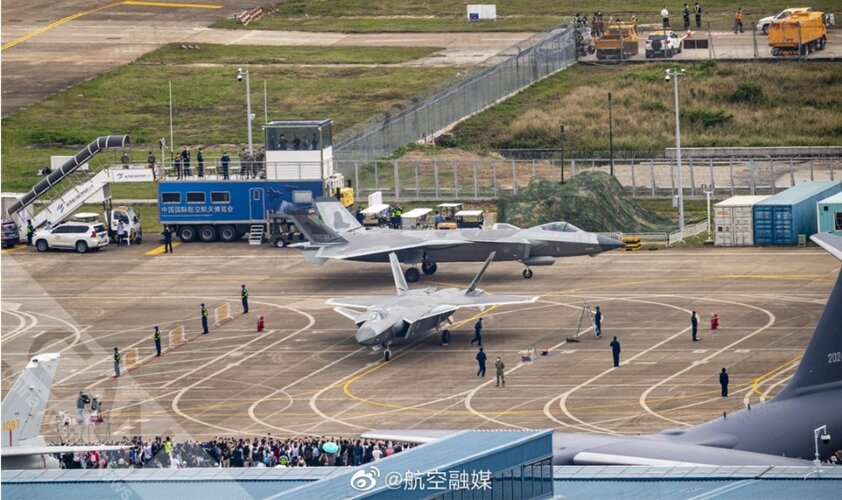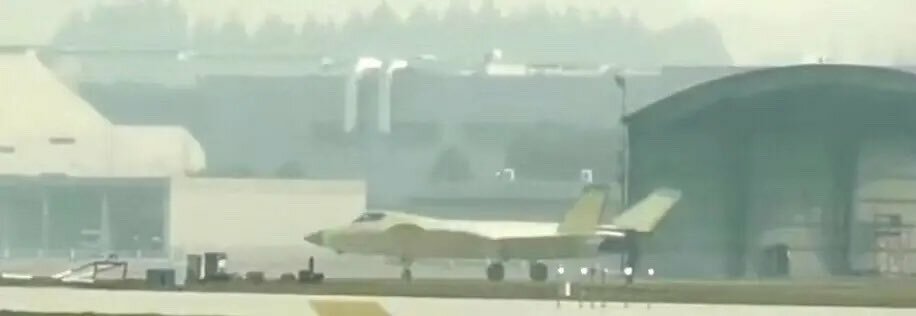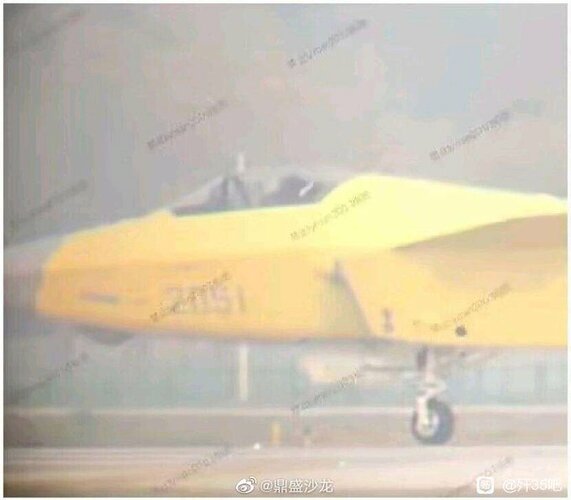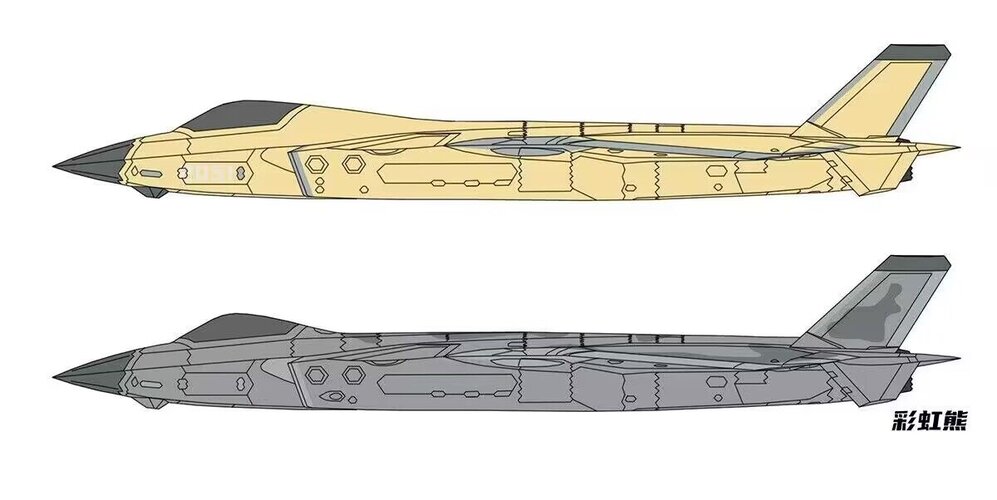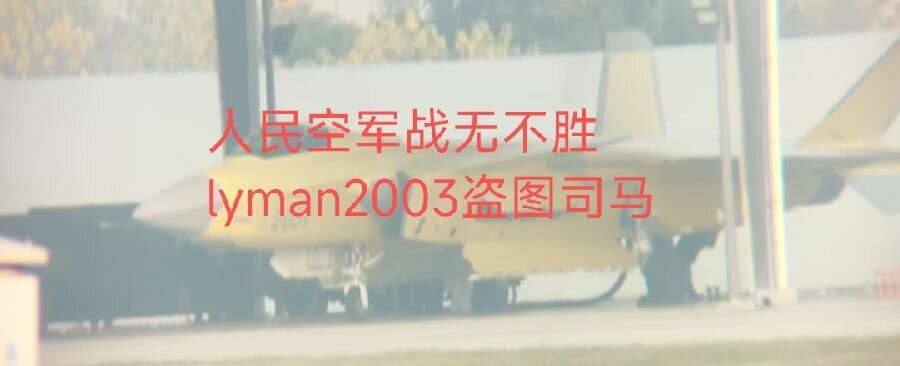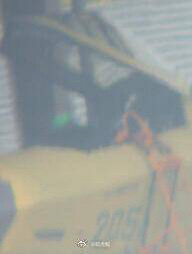It’s not simply a matter of single-crystal airfoils for turbines. An engine designed for supercruise like the F119 has a large core as a result of low bypass ratio and high specific thrust. Even given comparable states of metallurgy technology, such a design isn’t lightweight for its size, and if the Chinese goal is a thrust/weight of 10+, that may be at the cost of the engine’s lifespan.
The F135 achieving a higher thrust/weight ratio is likely because of the larger fan increasing its bypass ratio, while the core size remains about the same as the F119 that it was derived from. It’s also not optimized for supercruise like the F119 is.
www.bilibili.com
